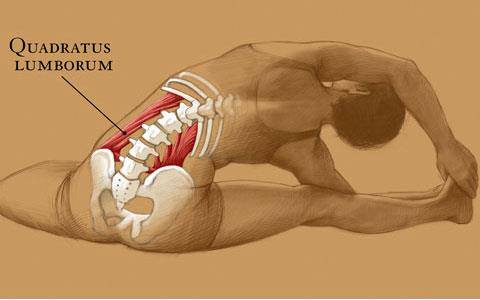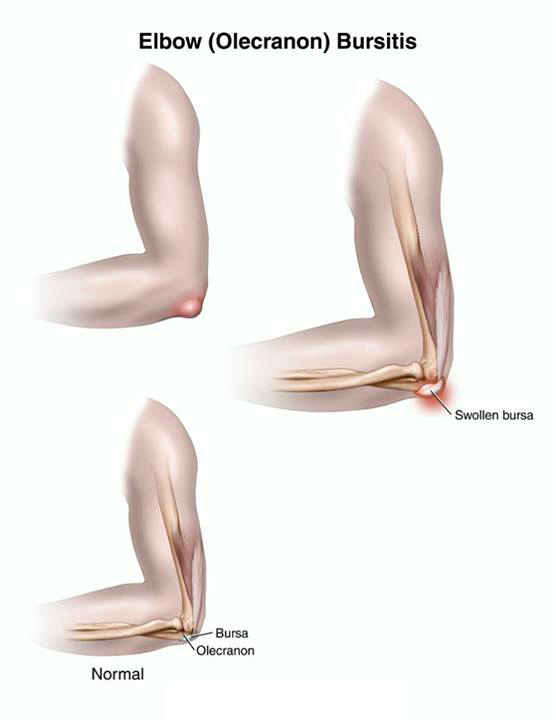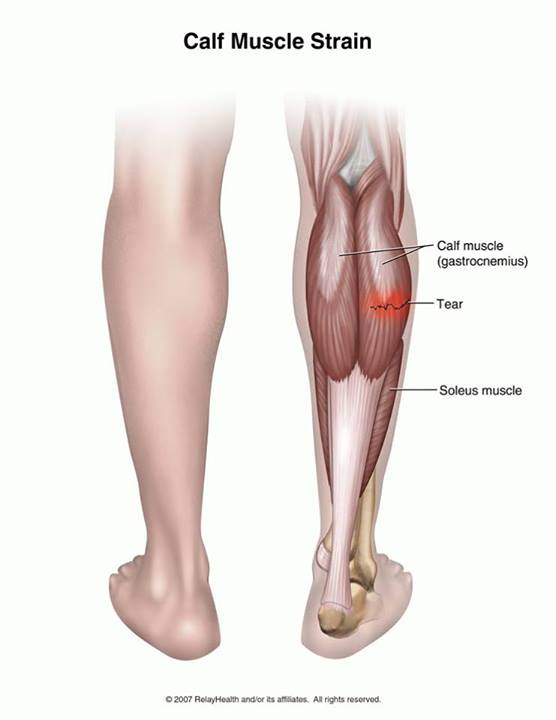Exercises for improving bladder control

The main muscles responsible for holding the urine in when a person doesn’t want to urinate are the pelvic floor muscles.
Ideally, these muscles allow a person to release urine when they’re ready. However, some people have weakened pelvic floor muscles. As a result, they may leak urine or have difficulty controlling the flow of their urine.
While there are many treatments for an overactive bladder or affected bladder control, one approach is to perform pelvic floor exercises. These exercises are aimed to strengthen the pelvic floor muscles and, ideally, the bladder.
The pelvic floor muscles go around the urethral opening, vagina, and rectum in women. Like all exercises, they require frequent practice to strengthen the muscles and keep them strong.
Kegel exercises
Doctors often recommend Kegel exercises as a means to strengthen a person’s ability to start and stop their urine stream.
However, the pelvic floor muscles can be difficult to target through Kegels. That’s why it’s important to first complete an exercise to identify these muscles. People can follow these steps to do so:
While preparing to urinate, focus on stopping the urine stream. People should think carefully about tightening only the muscles that stop their urine stream, not on other nearby muscles such as the legs, buttocks, or stomach.
Also focus on the sensation of the pelvic floor muscles pulling inward, stopping the urine stream or at least slowing it. Men will see the penis and scrotum move slightly when the proper muscles are tightened.
Once a person has identified the proper pelvic floor muscles, they can focus on performing Kegel exercises twice daily.
To perform the exercise, people should:
- squeeze the same muscles used to stop the flow of urine
- hold for 3 seconds
- release the muscles
- repeat this action 25 times
As the muscles get stronger, a person can increase the frequency to 25 to 50 repetitions for two to three times each day.
People who practice Kegel exercises should refrain from attempting to perform them while urinating, other than to practice initially “finding” the muscles. Kegels while urinating can affect a person’s ability to completely empty their bladder, which could potentially lead to a bladder infection.
Pelvic floor exercises
In addition to Kegel exercises, there are other methods to target the pelvic floor muscles. Examples include the following two exercises:
Short contractions
Short contractions work the fast-twitch muscles located in the pelvic floor. Instead of focusing on holding the muscle contraction, the goal for this exercise is to tighten the muscles as quickly as possible, then release the muscles.
To perform short contractions, people should:
- Take a deep breath in and exhale while tightening the pelvic floor muscles as fast as possible, imagining they are lifting the muscles upward.
- Inhale while releasing the pelvic floor muscle contraction.
- Repeat the exercise 10 times and complete a total of three sets.
People should aim to complete the exercises twice a day.
Long contractions
Long contractions are intended to help a person ultimately achieve a pelvic floor contraction that lasts 10 seconds.
To perform, people should tighten the pelvic floor muscles and hold the contraction as long as possible. A person may have to start at 3 seconds, then increase over time. Repeat for 10 repetitions of three sets.
The National Association For Continence recommend performing the short and long contractions in the same exercise period.
The exercises may take about 3 to 6 months before a person may see a noticeable difference. To continue to challenge the muscles, people can try performing the exercises in different positions, such as when sitting, standing, or lying down.
Why might people need these exercises?
An inability or difficulty controlling urine flow is known as urinary incontinence. There are many reasons why urinary incontinence may occur, some of which may respond to exercises for bladder control.
Examples can include:
- pregnancy and childbirth, which can stretch and weaken the pelvic floor muscles
- long-term constipation, which can place added pressure on the bladder
- long-term urinary tract infections or inflammation of the urinary tract
- weight gain that places extra pressure on the bladder
- surgery to the vagina in women or prostate surgery in men
While exercises for bladder control can be very effective in reducing the incidence of urinary incontinence and leakage, they are unfortunately often performed incorrectly. As a result, a person may find them ineffective in treating loss of bladder control.
Specialists can help a person learn how to properly perform these exercises. An example is a pelvic floor specialist. These specialists are usually physical therapists who obtain additional certifications in pelvic floor therapy.
Ideally, completing exercises for bladder control will allow a person to go longer between bathroom visits and experience fewer incidences of incontinence.
Are there gender differences in exercises for overactive bladder?
Both men and women can experience overactive bladder and urinary incontinence and benefit from exercises. However, women traditionally have greater difficulty singling out the muscles that should be tightened to strengthen the pelvic floor.
When this is the case, a doctor or pelvic floor therapist can use certain tools to help a woman identify the appropriate muscles. One example is a vaginal cone, which can be inserted into the vagina. If a woman is correctly tightening the pelvic floor muscles, the cone will stay in place.
Another option is biofeedback, which involves inserting a pressure sensor into the vagina. When a woman is correctly contracting the pelvic floor muscles, the pressure sensor will read at an expected level. A doctor can also use biofeedback for men by inserting the pressure sensor into the rectum.











